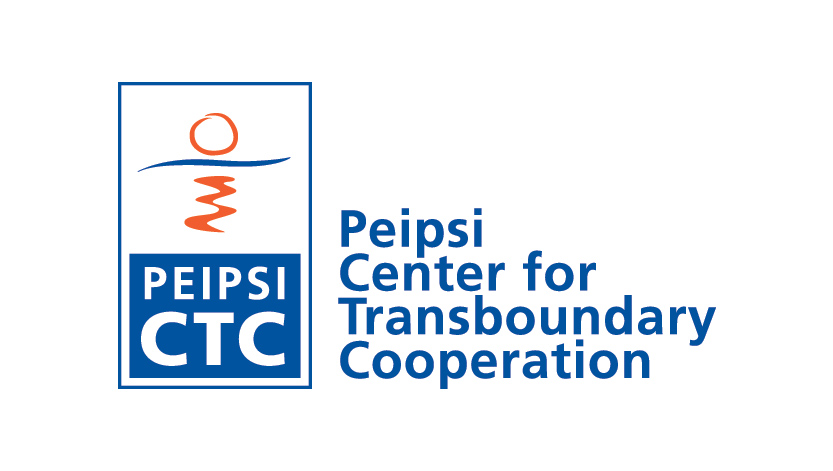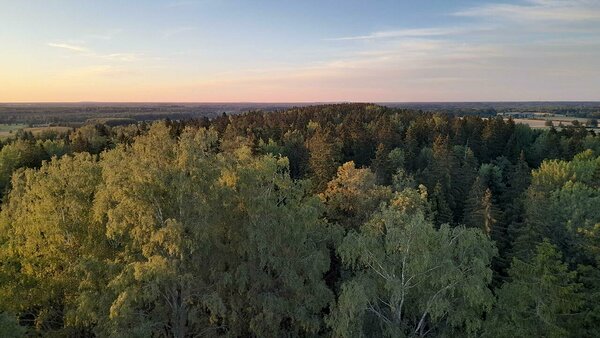Alutagus National Park extends closest to the Narva River.
Alutagus National Park extends closest to the Narva River.
Several parts of the Alutaguse National Park (e.g. the Puhatu wetland complex or the conservation area of the headwaters of River Narva) border River Narva. Alutaguse National Park (45,019 ha) is the youngest in Estonia – it was created in 2018 on the basis of the existing 11 protected areas. The national park covers the majority of the Alutaguse lowlands and it is characterised by sparse human settlement and large uninhabited natural landscapes. Most of the national park is made up of extensive swamp (54%) and forest (42%) landscapes. Thanks to the varied landscape, the forests of Alutaguse are very diverse; there are mostly transitional swamp and bog forests. Species-rich natural forests and rare forest species resembling primeval forests have been preserved in areas that are difficult to access and therefore less affected by human activity. The habitats of flying squirrel and black stork, both of which have become rare species in Estonia, are in the forests of Alutaguse. Five species of eagle can be found, as well as the great grey owl and the Peregrine falcon. Estonia’s largest wetland complex (Puhatu wetland complex), the longest sand beach and dunes (the north coast of lake Peipsi, around 30 km) and one of Europe’s northernmost oak forests (Mäetaguse oak forests with trees up to 300 years old) are all located in the national park, among others. Iisaku Nature Centre, Kauksi Visitor Centre, and many hiking trails are open to visitors in Alutaguse National Park.
Additional information:
Alutaguse National Park (https://kaitsealad.ee/et/kaitsealad/alutaguse-rahvuspark)

